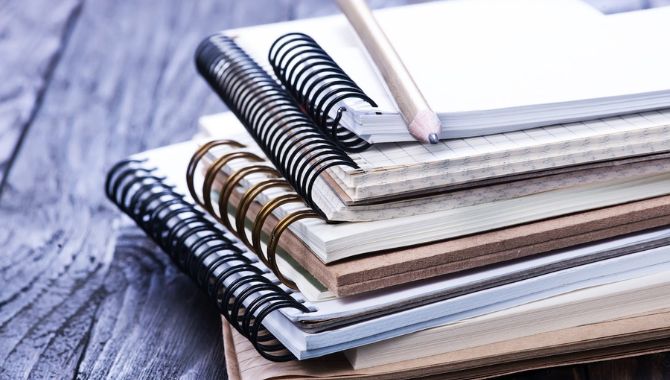Book Binding
It is the final step in the book printing process. Book binding involves joining the printed and semi-printed products together. There is a variety of binding styles for books. Section sewn binding, PUR binding, saddle stitch binding, inter screw binding, and spiral binding, to name a few.
Advantages of the Book Binding Technique
- Simple to read
- Simple to print products stored
- Can create books with images
- Increase the shelf life of books
- Gives books and documents a polished appearance
- Less expensive and more effective

Production Workflow
Printing
In this process, the individual sheet is fastened together which enables books and other print materials to lie flat.
Folding Machine
Bookbinding folding techniques are categorized into three sections: parallel folding, vertical cross folding, and mixed folding.
Sewing Machine
The paper is sewn on with most sewing machines. It is the most efficient and long-lasting solution for compact books.
Note: make sure it is not too thick (8-10 pages), or the needle can break.
Perfect Binder
In this method, the pages and cover are joined at the spine by a robust yet flexible thermal glue. After that, the book’s other three sides are cut as necessary to give them crisp, “perfect” edges.
Three Knife Trimmer
The three-knife trimmer enables the front cutting of books with flaps at request. Fully automatic vacuum heads raise the cover-up and down outside the cutting region. It is done during the procedure, to enable the trimming of the book’s front.



